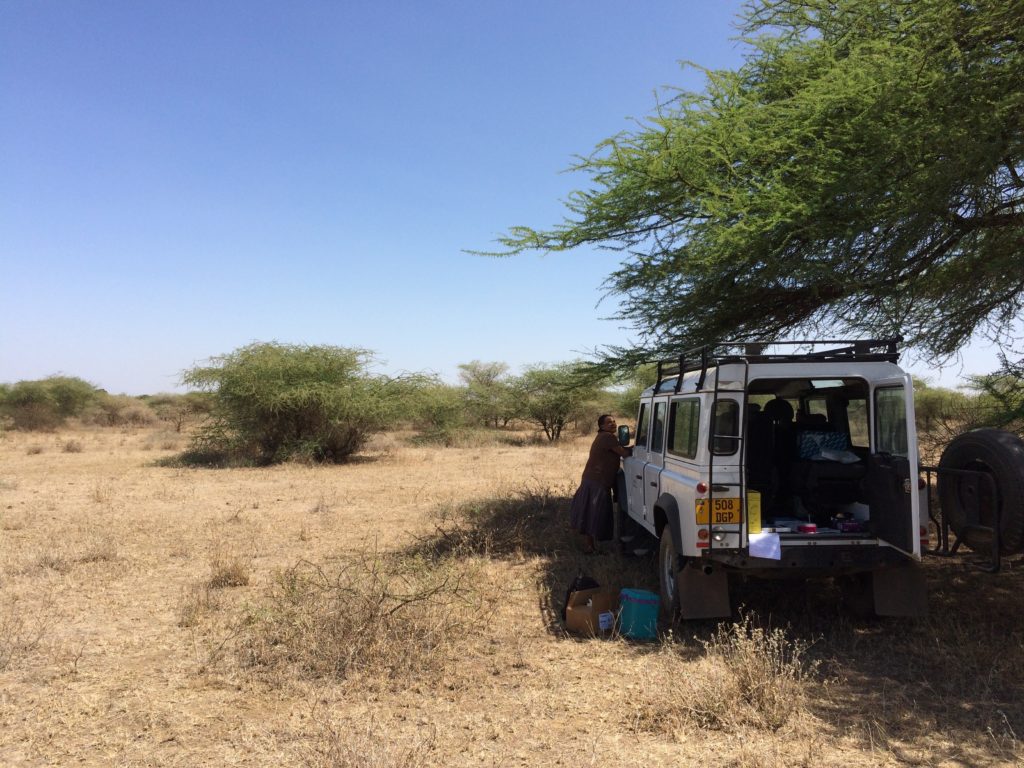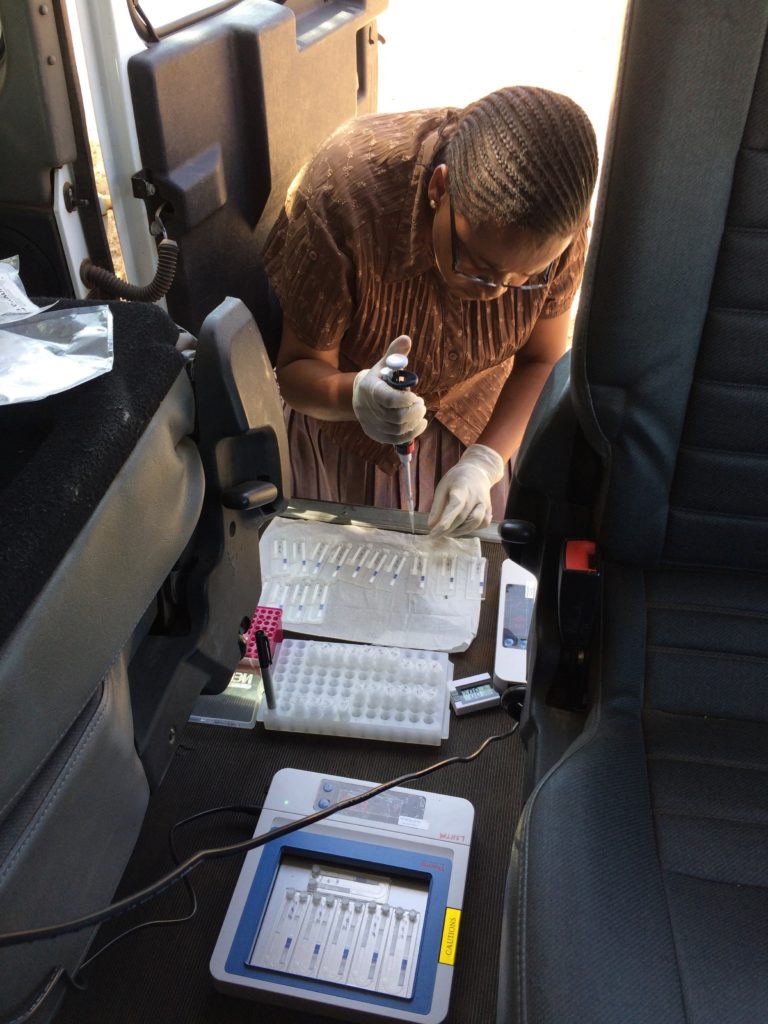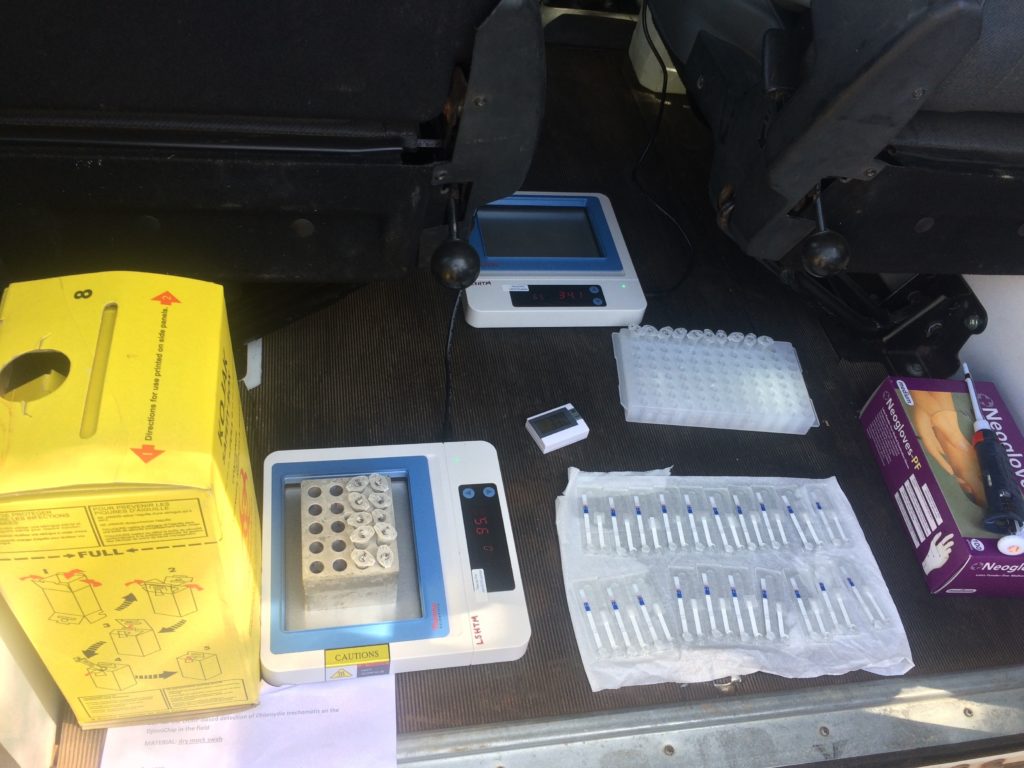
This blog post is part of a series featuring new articles published in thelcntdrCollection: Advances in scientific research for NTD control,,,,led by theLondon Centre for Neglected Tropical Disease Research(lcntdr)。请继续关注Twitter上的更新@bugbittentweetsand@NTDResearch。您可以在系列中找到其他帖子here。
Elimination of Trachoma
已经取得了重大进展来消除沙眼这是世界领先的失明感染原因,是公共卫生问题。2020年7月,世界卫生组织(WHO)报告减少了91%in number of people at risk of trachoma, from 1.5 billion in 2002 to 136.9 million in May 2020. Moreover, in 2019 it is estimated that 152 districts worldwidereached the active elimination threshold,导致2180万人不再需要治疗。
随着各国加速淘汰,国家沙丘瘤计划越来越多地进行调查以产生证据以验证消除作为公共卫生问题in formerly endemic regions. However, as many national trachoma programmes are finding, this is often complicated by poor correlation between disease signs and infection, particularly after mass antibiotic administration to stop the spread of衣原体沙眼((细菌的种类负责盲骨瘤)。在没有主动感染的情况下,可以长期持续存在临床体征(患者报告了“症状”,“临床体征”可以持续存在,并且可能导致对程序影响的不确定性。使用临床体征来驴感染会导致不必要的质量抗生素治疗分布,并冒着抗生素耐药性增加在“脱靶”细菌物种中的传播。需要检测眼部感染的诊断测试,以提供更准确的感染率和信息治疗计划的情况。

Djinnichip
To support national programmes to generate evidence, researchers from the London School of Hygiene & Tropical Medicine, in collaboration with the Fraunhofer Institute (Germany) and Kilimanjaro Christian Medical Centre (Tanzania) evaluated a simple, fast, and low-cost diagnostic assay (Djinnichip)for the detection of ocularC.气管体。The diagnostic device, which was developed by the team at the Fraunhofer Institute and detectsC.气管体nucleic acid through an isothermal (even temperature) amplification reaction, is unique in its lack of requirement for specialised instruments and mains electricity power supply. The device is stable in storage at ambient temperature (23°C), can be used by lay personnel and requires only a portable heat block, able to be powered by 12V car battery, meaning that it is mobile or can be used in local health posts and district-level laboratories in resource-poor settings.

First Phase Testing
在最初的开发和测试的DjinniChip at the Fraunhofer Institute, in the first quarter of 2019 the team set out to evaluate the performance of the DjinniChip in a trachoma-endemic district of Tanzania. In the first phase, 352 archived clinical ocular samples were tested in parallel by the DjinniChip and a reference test in a research laboratory in Kilimanjaro district. The swab samples were previously collected from children from a nearby trachoma-endemic area. The DjinniChip was found to have promising sensitivity (66%) and specificity (94.3%), with an overall accuracy of 90.1%. The main issue limiting sensitivity was inhibition of the DjinniChip reaction in some clinical samples, which can be caused by cellular debris remaining from the lysis step.

Second Phase Testing
In the second phase of the study, mock samples were prepared with a range ofC.气管体concentrations in order to test the durability of the DjinniChip under field conditions. Mock samples were tested on the floor space of a 4×4 vehicle in typical environmental conditions where trachoma is found (hot, humid, dry and/or dusty). There was minimal impact of the challenging environmental conditions on the test’s ability to detectC.气管体; 62/64 positive mock samples were correctly identified. The primary issue was the high rate of false positives in the negative mock samples (10/16), which was found to be due to cross-contamination during field testing.
Next steps
世界卫生组织目前不推荐眼感染测试,例如Djinnichip,作为国家沙丘瘤计划的指标。但是,迫切需要低成本,易于使用的测试C.气管体to guide district-level treatment decisions, particularly around whether MDA can be discontinued.
Djinnichiphas shown promising potential to meet these criteria. The next iteration of the DjinniChip is currently in development and will transform the test into a fully closed pipette-free integrated format with minimal handling of liquids. This will minimise the risk of cross contamination and further increase its useability by lay personnel. Optimisation of the lysis step and sample dilution will also be explored to prevent sample inhibition. With this further development, the DjinniChip could support national trachoma programmes to generate evidence more effectively and could be used alongside serology tests to aid in their interpretation. Ultimately this could contribute to the optimal use of resources and the elimination of trachoma as a public health problem by 2030.
此博客文章中的研究刚刚在lcntdrCollection: Advances in scientific research for NTD control,,,,led by theLondon Centre for Neglected Tropical Disease Research(lcntdr)。该系列已经publishing in寄生虫和向量自2016年以来,periodicall发布新文章y. This series features recent advances in scientific research for NTDs executed by LCNTDR member institutions and their collaborators. It aims to highlight the wide range of work being undertaken by the LCNTDR towards achieving the United Nations Sustainable Development Goals as well as supporting the objectives of the World Health Organization road map for neglected tropical disease 2021-2030.
LCNTDR于2013年启动,目的是为NTD提供重点的运营和研究支持。LCNTDR,联合计划自然历史博物馆, 这伦敦卫生与热带医学学院, 这皇家兽医学院, 这Partnership for Child Development, 这SCI基金会((formerly known as the Schistosomiasis Control Initiative) and伦敦帝国学院,进行跨学科研究,以建立围绕NTD计划的设计,实施,监视和评估的证据基础。

Comments